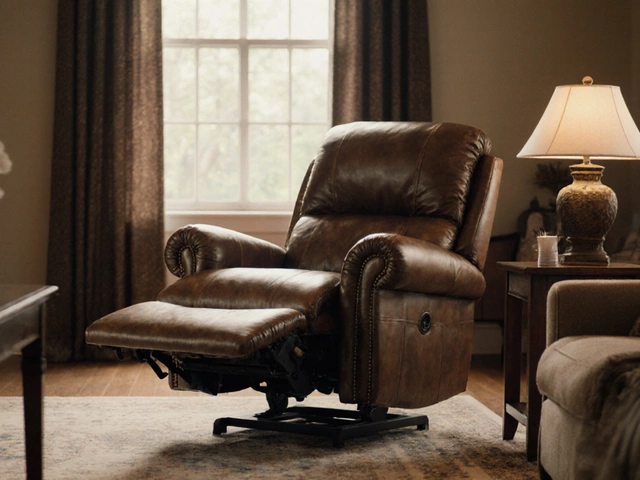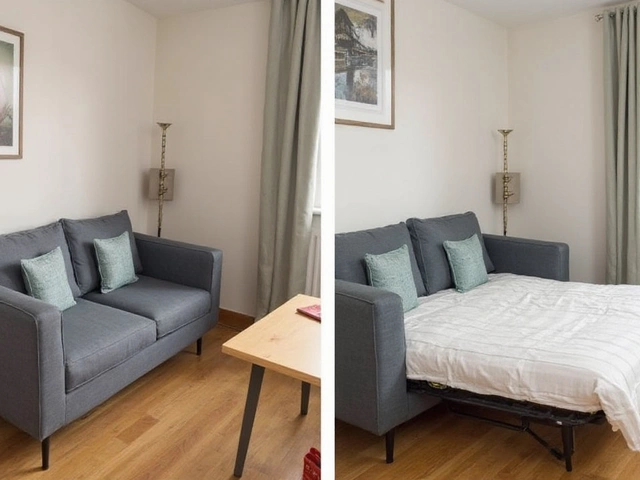Lifespan of a Sofa: What to Expect and How to Extend It
So you’ve just bought a new sofa and wonder how many years it’ll stick around. The truth is, a sofa can last anywhere from five to fifteen years, depending on a few everyday things. Knowing those factors helps you avoid surprise replacements and get the most out of your investment.
Key Factors That Influence Sofa Lifespan
First off, the frame matters most. Solid wood, kiln‑dried hardwood, or a sturdy metal frame will hold up longer than particle board. If you tap the legs and they feel solid, you’re probably good.
Next up is the cushion fill. High‑density foam or pocket‑springs keep their shape longer than cheap low‑density foam that flattens after a few years. Look for a foam rating of 1.8 lbs per cubic foot or more.
Upholstery fabric plays a big role too. Leather ages well if you condition it, while microfiber resists stains and wear. Light-colored fabrics show dirt faster, prompting more cleaning that can wear fibers.
How you use the sofa matters. A family with kids and pets will see more wear than a single adult. Heavy weight, frequent jumps, or pets clawing will wear down seams and padding quicker.
Finally, climate and storage count. Extreme heat can dry out foam, while humidity encourages mold on fabric. Keep your couch out of direct sunlight and away from damp basements.
Practical Ways to Stretch Your Sofa’s Life
Rotate cushions every few months. It spreads the pressure and keeps the fill even.
Vacuum the upholstery weekly. Loose dirt acts like sandpaper on the fabric.
Use slipcovers or throws in high‑traffic spots. They’re cheap to wash and protect the original material.
Apply a leather conditioner or fabric protector as the manufacturer suggests. This adds a barrier against spills and UV damage.
Fix small tears or loose seams right away. A quick stitch stops the problem from getting bigger.
Invest in a dehumidifier if you live in a damp area. It reduces mold risk, especially on sofas stored in basements.
When you notice the cushions sagging or the frame creaking, don’t wait for a full breakdown. A local upholsterer can replace foam or tighten joints for a fraction of the cost of a new sofa.
By paying attention to these simple habits, you can push a good couch past ten years and keep it looking fresh. Remember, a sofa’s lifespan isn’t set in stone – it’s shaped by the choices you make every day.



